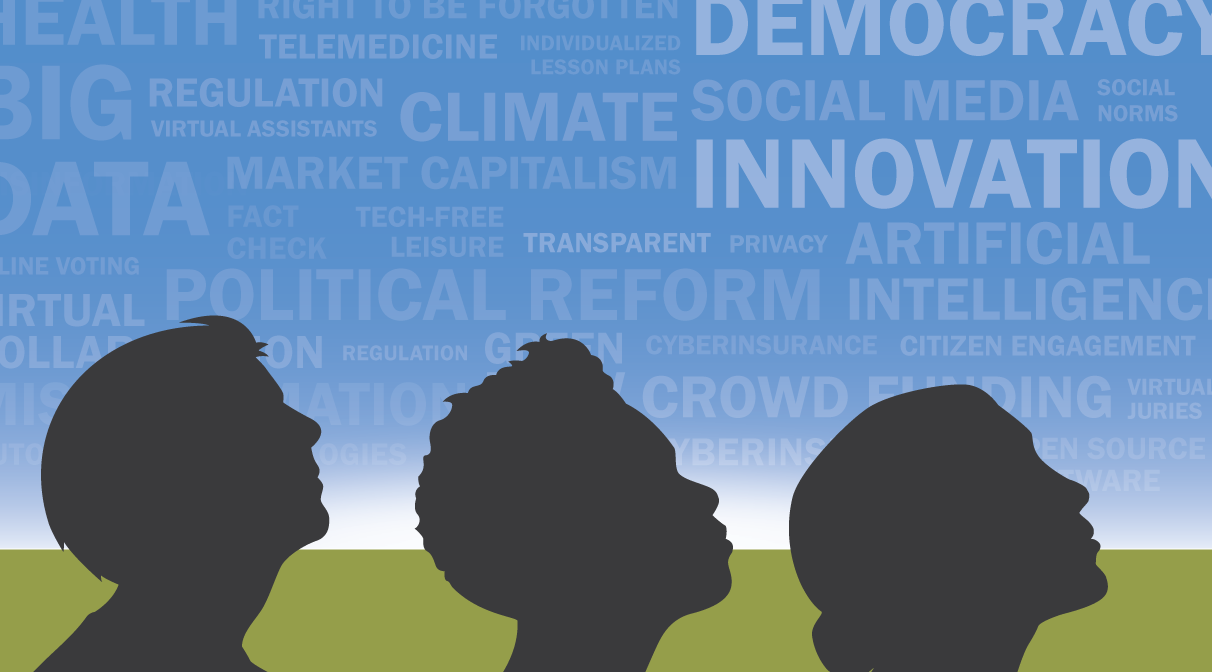The upcoming national races in the 2022 midterm elections are highly anticipated and will have significant implications for the future of the country. All 435 seats in the U.S. House of Representatives and 35 of the 100 seats in the U.S. Senate are up for election. Strategists in both parties are closely watching the results of these races to see how the story of the 2022 midterms will unfold. Some key races to watch include the Senate races in Arizona, Georgia, and Nevada, as well as the gubernatorial races in California, Florida, and Texas . Political analysts and pundits will be closely monitoring the results of these races to gain insights into the political landscape of the country and to make predictions about future elections.
In addition to the national races, there are also important local races to watch in the 2022 midterm elections. For example, the race for Maricopa County Recorder in Arizona has garnered national attention due to the bipartisan cooperation between Democratic Secretary of State Adrian Fontes and Republican Maricopa County Recorder Stephen Richer. Other important local races to watch include mayoral races and city council elections in major cities across the country. These races can have a significant impact on the policies and decisions that affect the daily lives of citizens.
Voter turnout and demographics will also play a crucial role in the 2022 midterm elections. Voter turnout in the U.S. has historically been lower than in other developed countries, with the U.S. ranking 31st out of 50 countries in terms of turnout among the voting-age population. However, there has been an increase in voter turnout among all voting age and major racial and ethnic groups in recent years. Political scientists will be closely analyzing the demographics of voters in the 2022 midterm elections to gain insights into the electorate and to assess the fairness of redistricting, registration, and voting rules. Researchers can access data sets on elections and voter turnout produced by organizations such as the U.S. Census Bureau and the MIT Election Data and Science Lab.
Insights and analysis on national races
One key aspect of election coverage is analyzing the key issues and platforms of the candidates running in national races. This involves examining the policies and positions of each candidate and assessing their potential impact on various issues such as the economy, healthcare, and the environment. For example, in Arizona’s 2022 Senate race, Democratic Secretary of State Adrian Fontes and Republican Maricopa County Recorder Stephen Richer have focused on issues such as voting rights, immigration, and healthcare. By analyzing the key issues and platforms of the candidates, voters can make informed decisions and understand the potential consequences of their vote.
Polling data and predictions are also an important component of election coverage. Polling data can provide insight into the preferences and opinions of voters, while predictions can offer a glimpse into the potential outcomes of the election. Websites such as FiveThirtyEight and the Princeton Election Consortium use statistical analysis to make predictions about election results . Additionally, media outlets such as the Associated Press and NPR provide comprehensive coverage of election results and analysis . By following the latest polling data and predictions, voters can gain a better understanding of the current state of the election.
Historical context and trends can provide valuable insights into national races. By examining past election results and trends, analysts can identify patterns and potential outcomes of the current election. For example, analyzing demographic data can provide insight into how certain groups of voters may vote and how their voting patterns may have changed over time . Additionally, election data and research tools produced by organizations such as the MIT Election Data and Science Lab can provide valuable information for analyzing historical trends and making predictions . By understanding historical context and trends, voters can gain a deeper understanding of the current election and potential outcomes.
Insights and analysis on local races
Local races play a crucial role in shaping the political landscape of a community. An analysis of key issues and platforms is essential in understanding the priorities of the candidates and their potential impact on the community. For instance, in Maricopa County, Arizona, the 2022 midterm elections saw a common cause between Democratic Secretary of State Adrian Fontes and Republican Maricopa County Recorder Stephen Richer since their bitter 2020 face-off . By analyzing the platforms of local candidates, voters can make informed decisions that align with their values and priorities.
Polling data and predictions can also provide insights into the potential outcomes of local races. Nate Silver’s FiveThirtyEight uses statistical analysis to tell compelling stories about elections, politics, sports, science, and more . Additionally, the Princeton Election Consortium (PEC) provides pre-election analytics driven by hard numbers to predict election outcomes . However, it is important to note that polling data and predictions are not always accurate and should be taken with a grain of salt. Ultimately, the outcome of local races depends on the turnout of voters and their decisions at the polls.
Local issues can also have an impact on national races. For example, in the 2022 midterm elections, the outcome of local races in swing states such as Arizona and Georgia could have a significant impact on the balance of power in the Senate and the House of Representatives . Moreover, local issues such as healthcare, education, and infrastructure can influence the voting decisions of constituents and, in turn, impact the national political landscape. Therefore, it is crucial to pay attention to local races and their potential impact on national politics.
Discussion of potential outcomes and their implications
As the 2022 midterm elections approach, there are a number of possible scenarios and their consequences that could play out. According to election analysts, Democrats are hoping to maintain their power, while Republicans are aiming to gain control of both the House and Senate. Some election forecasts suggest that Republicans are inching closer to a narrow House majority, while control of the Senate may depend on a few tight races. The outcome of these races will have significant implications for the future political landscape, and could potentially impact the ability of the President to pass legislative agendas.

The potential voter turnout and demographics of the electorate are also important factors to consider. In recent years, the US has ranked 31st in turnout among voting-age populations in national elections. However, there is some evidence to suggest that ranked-choice voting (RCV) may increase voter participation . Additionally, youth voter turnout (ages 18-29) is a key demographic to watch, as they have historically had lower turnout rates. Understanding the demographics of the electorate will be crucial in predicting the outcomes of individual races and the overall political landscape.
The implications of the 2022 midterm elections extend beyond just the immediate future. The results will have significant consequences for future elections and the political landscape. The spatial model of elections suggests that changes in voter policy preferences can motivate party elites to shift their policy positions . Thus, the outcomes of the 2022 elections could potentially shape the policy agendas of both parties in the years to come. Additionally, the election results could impact the ability of the President to pass legislative agendas and shape the political climate leading up to the 2024 presidential election.










